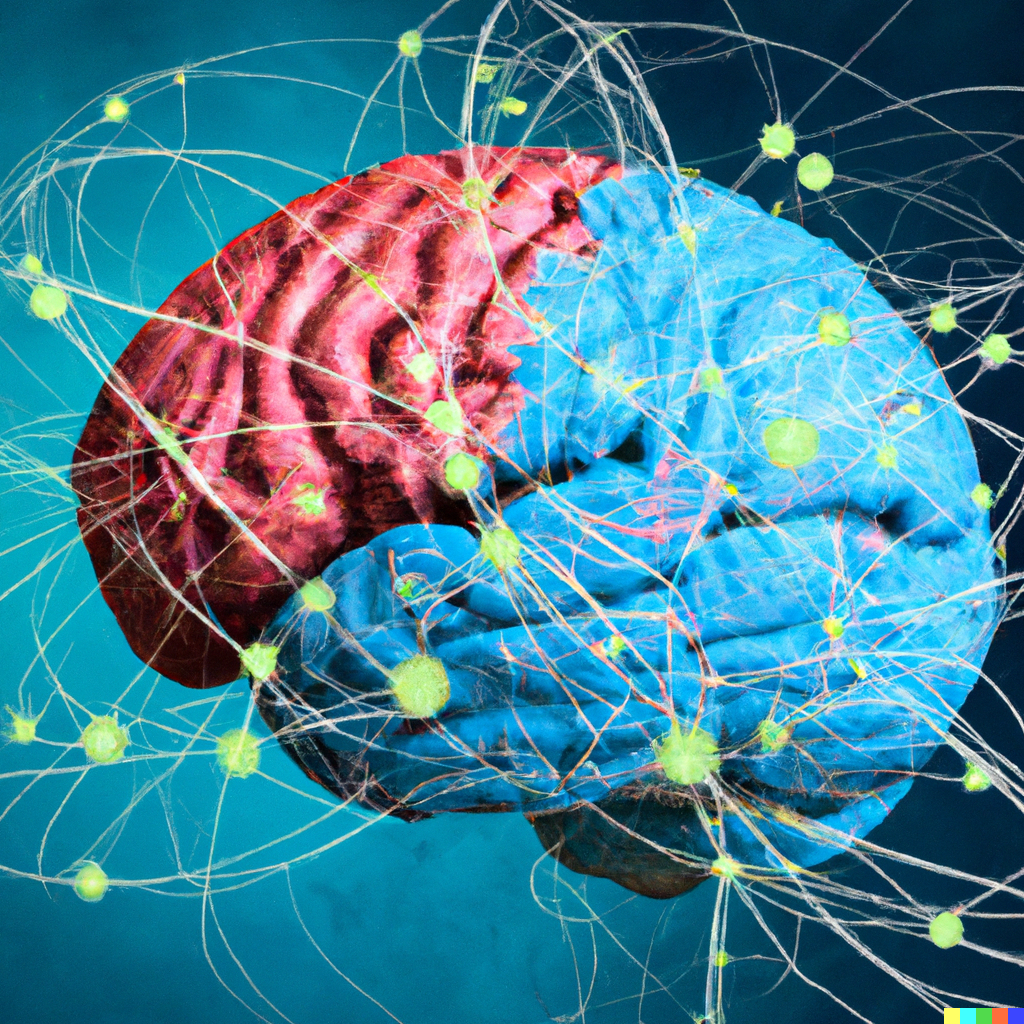Could you create chances in your life just by thinking about what you want? This is a question that is currently under discussion.
The human brain, a marvel of biological complexity, is composed of billions of neurons, intricately connected to create a vast network that drives our thoughts, emotions, and actions. At the heart of this intricate machinery lies the fascinating world of subatomic particles, which play a crucial role in the neural function and overall brain activity.
Electrons, protons, and other subatomic particles form the atoms that make up the various molecules involved in the brain’s biochemical processes, including neurotransmitters and their respective receptors. These tiny particles are governed by the laws of quantum mechanics, which allows for the possibility of seemingly strange and counterintuitive phenomena, such as particles existing in multiple states simultaneously or being entangled across vast distances.
How External Forces and Particles Can Potentially Influence the Biochemical Processes in the Brain
As we consider the possibility of external forces and particles influencing the biochemical processes in the brain, it’s important to recognize that this is a speculative exploration, venturing beyond the boundaries of established scientific understanding.
In this “what if” scenario, one could imagine subatomic particles, such as neutrinos or muons, interacting with the neural network in ways that alter the brain’s activity. These particles, which can pass through the human body without being detected, might interact with electrons or other subatomic particles involved in the brain’s processes, creating subtle shifts in the balance of neural activity.
Additionally, external forces, such as electromagnetic fields, might potentially have an impact on the brain’s biochemical processes. Though the precise mechanisms by which these forces could influence the brain remain unclear, their potential effects on the delicate balance of neural function and communication cannot be dismissed outright.
As we delve into these hypothetical connections between the subatomic world and the brain, it’s crucial to remember that these ideas are not supported by current scientific evidence, but rather serve as intriguing thought experiments that invite us to expand our understanding of the mind and the universe. By contemplating these possibilities, we continue to push the boundaries of our knowledge and foster a sense of curiosity and wonder at the mysteries that lie just beyond our grasp.
Thus, while we do not know if just thinking about chances would cause someone else to receive that thought and give you a chance, it’s an interesting concept to think about.
The Subatomic World and the Brain
